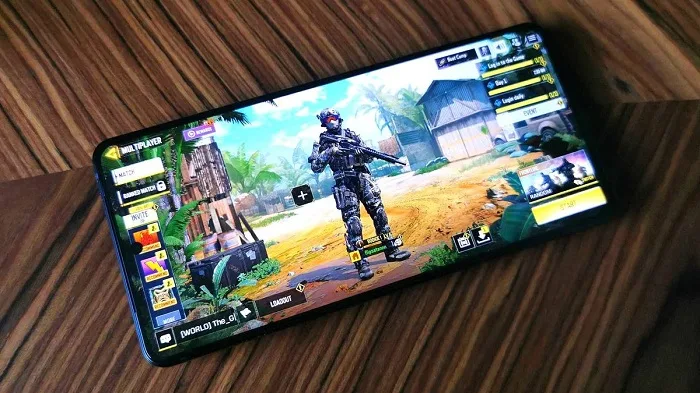
The Impact of Quality Localization on Mobile Game Success
In the highly competitive world of mobile gaming, the quality of game localization can be a pivotal factor in determining a game’s success. Localization involves more than just translating text; it includes adapting the game’s content to fit the cultural, linguistic, and legal contexts of different regions. A well-localized game can significantly enhance user experience, while poor localization can lead to misunderstandings, frustration, and ultimately, the game’s failure in international markets. This article explores the various facets of game localization and its impact on the success of mobile games.
What Localization Includes
Localization goes beyond simple translation. It encompasses a range of elements designed to make the game feel native to each target audience. This includes text translation, which covers all written content such as dialogues, instructions, and menus. Audio and voiceover localization involves recording voiceovers in the local language, ensuring the tone and emotion match the original. Graphics and design modifications are necessary to adapt images and symbols that may have different cultural meanings. Legal compliance ensures the content adheres to local laws and regulations. Finally, marketing and packaging are tailored to create promotional materials that resonate with the local market. Each of these elements must be carefully handled to ensure the game is well received in different regions.
Types of Game Localizations
Video game localization can be categorized into different types based on the extent and depth of the adaptation. Text localization is the most basic form, involving the translation of all written content. While it is the least expensive, it may not be sufficient for games that heavily rely on narrative and dialogue. Full localization, a comprehensive approach, includes text translation, voiceover recording, and cultural adaptation of graphics and gameplay elements, providing a more immersive experience for players. Partial localization focuses on key elements such as text and important audio cues, while leaving some original content intact, striking a balance between cost and user experience. Functional localization ensures the game meets the technical and legal requirements of the target market, such as modifying payment systems and legal disclaimers. Choosing the right type of localization depends on the game’s target audience and budget constraints.
Examples of Games with Perfect Localization
Several games have set high standards for localization, contributing to their global success. Notable examples include “The Witcher 3: Wild Hunt,” which is praised for its exceptional localization, with voiceovers and cultural references perfectly adapted for different regions, enhancing the storytelling experience. “Animal Crossing: New Horizons” is known for its cultural sensitivity, adjusting events and dialogues to align with local holidays and traditions, making it a favorite worldwide. “Final Fantasy XIV” offers extensive localization, including text, voiceovers, and even in-game events tailored to various cultures, ensuring a broad appeal and sustained player engagement.

Impact of High-Quality Localization on Game Perception
High-quality localization can profoundly affect how a game is perceived by players. Enhanced player engagement is a significant benefit, as players are more likely to engage with a game that feels native and relatable, increasing their overall satisfaction. Well-localized games often receive positive reviews and recommendations, driving sales and expanding the player base. Companies that invest in high-quality localization are seen as committed to their players, enhancing their reputation and fostering loyalty. Furthermore, a localized game can reach a wider audience, resulting in higher sales and greater profitability. Conversely, poor localization can lead to negative reviews, cultural misunderstandings, and a decline in player retention.
Challenges in Achieving High-Quality Localization
Despite its benefits, achieving high-quality localization poses several challenges. The complexity of language, with its nuances, requires skilled translators and cultural consultants to capture accurately. Technical constraints involve adapting a game to different languages and regions, often requiring modifications in code and user interfaces, which can be resource-intensive. Comprehensive localization demands significant investment in time and money, which can be a constraint for smaller developers. Ensuring consistency in terminology and style across different languages and regions is crucial and requires meticulous attention to detail. Overcoming these challenges involves careful planning, collaboration with local experts, and a commitment to quality.
In conclusion, the quality of game localization is a critical factor in the global success of mobile games. It encompasses various elements, from text translation to cultural adaptation, and comes in different types depending on the extent of localization needed. High-quality localization enhances player engagement, reputation, and revenue, while poor localization can have the opposite effect. Despite the challenges, investing in comprehensive and culturally sensitive localization is essential for any game developer aiming to succeed in the international market.
